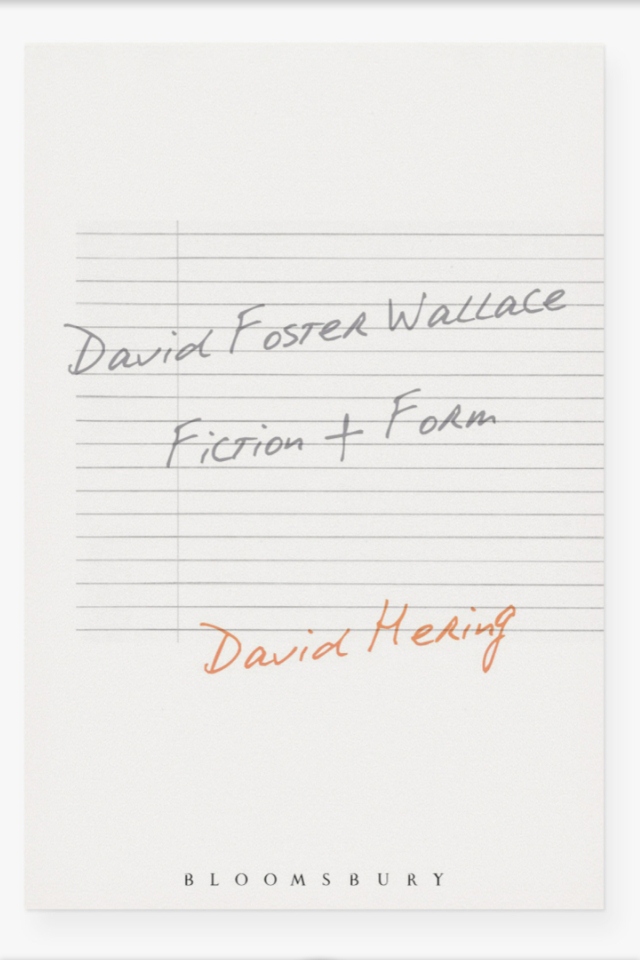
David Hering, a Lecturer at the University of Liverpool, visited the Ransom Center during the summer of 2013 to research his forthcoming book on David Foster Wallace. His research was supported by the Andrew W. Mellon Foundation Research Fellowship Endowment.
I visited the Ransom Center to research my book David Foster Wallace: Fiction and Form, which traces the compositional structures of Wallace’s fiction from his earliest published story to his final, unfinished novel The Pale King. Wallace’s narratives are often unusually structured—readers have spent hours trying to unite all the different elements of his most celebrated work, Infinite Jest—and during my visit I was concerned with researching how these narratives came together during the writing process.
For me, the most interesting work from a compositional standpoint is The Pale King, as it exists not in a final version, but in a posthumous assembly complied with remarkable clarity by Wallace’s editor Michael Pietsch. The archive contains all materials related to The Pale King, and it was only after beginning to work through these drafts that I realized the scale of the task that must have faced Pietsch. My purpose, to which I devote a whole chapter in my book, was to do something different: create a map of the entire composition process of The Pale King so that readers can understand the multiple “lives” of that novel over its decade-long development.
It was thrilling to be able to spend time poring over these vast raw materials, slowly stitching together a compositional history. Wallace sometimes buries vital structural information in marginal notes or undated single sheets of paper, so a keen eye was required to discern what was important and what was irrelevant. I ultimately compiled a document that chronicled the history of the novel’s ever-changing structure from 1997 to 2007. The key moment in this process was when I was able to outline how The Pale King developed in three distinct phases: 1997–2001 (when it was called Sir John Feelgood), 2001–2005 (when it was often referred to as Glitterer), and 2005–2007 (when it was generally called The Pale King).

Just one example of the complexity of this process was illustrated to me by an early synopsis of the novel from 1997, when it was titled Sir John Feelgood. At this point Wallace planned to have a ghost narrate the entire novel. However, the papers in the archive illustrate that as Wallace was drafting The Pale King several substantial chunks of the novel’s narrative were removed and worked up into separate stories in their own right. It became clear to me that once Wallace wrote and published “Good Old Neon,” a story from his 2004 collection Oblivion that is narrated by a ghost, he lost interest in using the ghost narrator for his ongoing novel: The Pale King frequently changes its shape to accommodate other concurrent writing projects. However, it was also evident that the idea of the undead narrator remained in different form in subsequent drafts of the novel—the ghost turned into a ghostwriter, with Wallace inventing an entirely new narrator, Frank Brown, whose account is partially ghostwritten (Brown makes reference to a “friendly ghost”). This character eventually metamorphoses into the narrator “David Wallace” in the final published assembly of the novel.
It is only from studying individual transformations such as this that the building blocks of The Pale King can be fully discerned, and this book would have been impossible without the generosity of the Center’s fellowship. I look forward to sharing the full fruits of my research with readers and scholars later this year.
David Foster Wallace: Fiction and Form will be published by Bloomsbury in September 2016.
Related content
Wallace’s papers are held in the Ransom Center’s collections.
Receive the Harry Ransom Center’s latest news and information with eNews, a monthly email. Subscribe today.